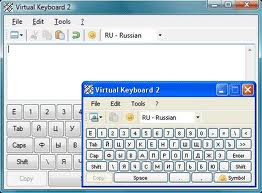
Today we would like to make a brief description of the different types of fonts, according to culture.
The “fonts” have a wide variety of items such as letters, characters, digits, symbols, ideograms, logograms, etc. Common examples of “fonts” used are Arial and Times (New) Roman.
There are thousands of fonts, but only some meet the “Unicode” standards for characters and for that reason they are grouped into”pan-Unicode” fonts. For this reason, if you choose a font that does not have those features, its graphical representation will not be successful, or simply see something else: a different character.
There are many different writing systems around the world other than those used in most Western countries. Such systems have different rules as to how the various elements combine. This is the reason that these different writing systems require intelligent solutions from information technology. To name just a few visual representations of a certain character code:
* Diacritics (accents): for example, in Spanish or French, in addition to numerous other languages around the world.
* Forms: as in the Greek and Arabic alphabets, where letters can change form depending on their place in the word.
* Ligatures: a combination of characters in a single form.
In future articles, we will see the different aspects that make up the various cultural varieties.
For more information on translation and localization in different languages, available in Translation Services.
(Spanish version: https://www.trustedtranslations.com/las-variedades-de-fuentes-como-aspectos-culturales-2010-08-25.html)





